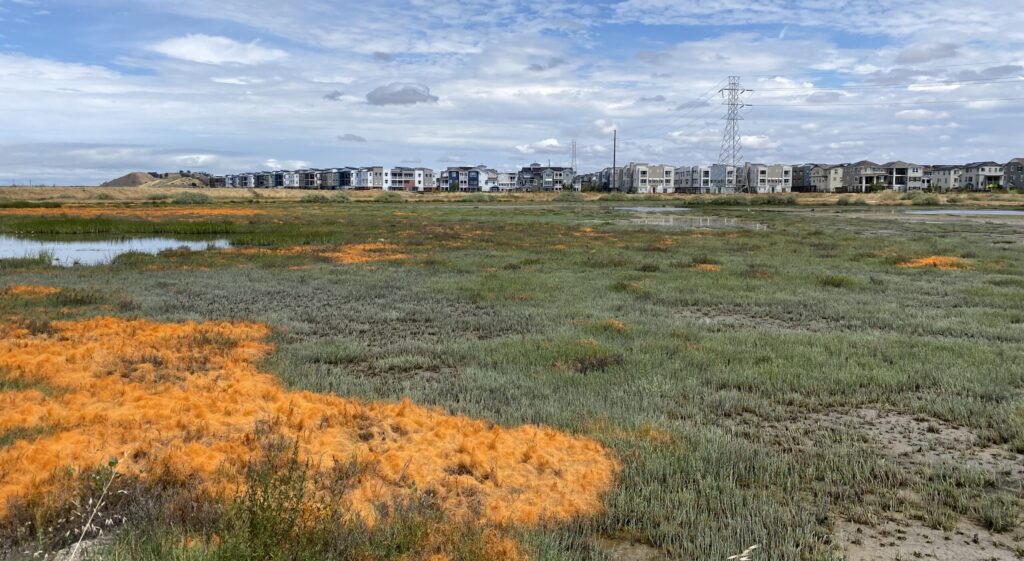HELIX prepared a Supplemental EIR (SEIR) for a large-scale residential project in the Bayside Newark Transit-Oriented Development (TOD) (formerly Dumbarton TOD) Specific Plan area. Additionally, HELIX prepared project-specific technical studies for biological resources, air quality/greenhouse gas, noise, and visual resources. The project site encompasses approximately 55 acres of the 205-acre Bayside Newark TOD Specific Plan area for the development of residential units with nine acres dedicated for an open space preserve. The project site had been previously used for industrial operations, with key issues including hazardous material/waste occurrence and remediation, water quality, biological resources, and traffic. The project was also subject to the jurisdictions of the USFWS, USACE, and San Francisco Bay RWQCB with HELIX having a major role in the related permitting processes. The SEIR for the project was certified by Newark’s City Council in March 2016.
Following certification of the SEIR, HELIX provided environmental compliance services, including coordination with the resource agencies and long-term post-construction monitoring of the nine-acre on-site open space preserve. HELIX was responsible for tracking and implementing the mitigation monitoring and reporting program and agency permit conditions of approval including conducting pre-construction burrowing owl surveys, nesting bird surveys, cultural and biological worker environmental awareness program training, biological construction monitoring for salt marsh harvest mouse, biological construction monitoring for activities in and around waters of the U.S., preparing the City of Newark tree permit application, conducting annual tree establishment monitoring and reporting, conducting annual open space monitoring and reporting for five years, and conducting noise assessments. HELIX’s construction group provided habitat restoration services including breaching approximately 25 linear feet of a berm to restore hydrological connectivity between a drainage ditch and wetland area, removal of temporary sheet piles, implementation of stormwater Best Management Practices (BMPs), and hydroseed application.

